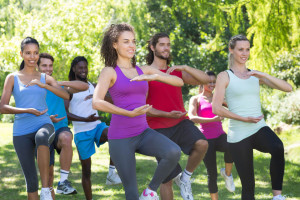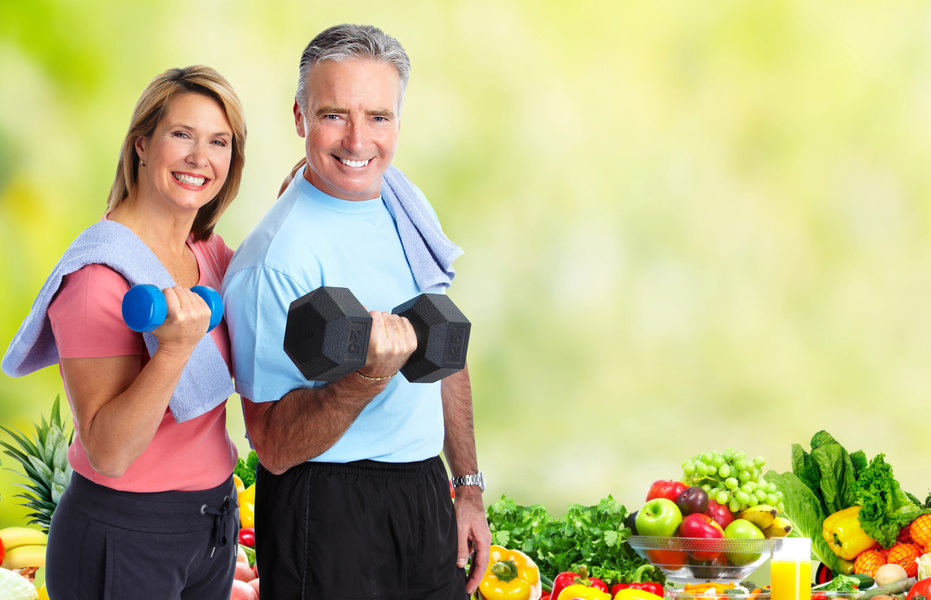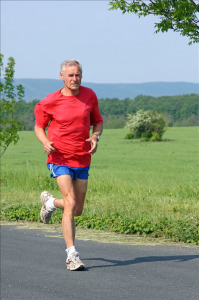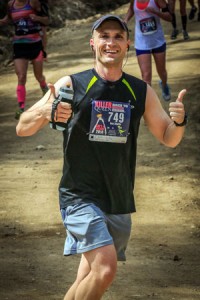When was the last time you saw an American elder person perform a full squat or be able to move up and down from the ground? Now ask that same question about an elder person in China or India. The answer is much different. We notice some interesting differences in how people age when we study other cultures around the world. Many societies have fewer infirmed and immobile elders than does America. Elders in many of the Mid East and Eastern cultures tend to function at a much higher level. Lifetime participation in activities, such as Tai Chi and yoga, is one reason for this difference in healthy aging.

Aging healthfully and successfully involves integrating the body, mind, and spirit. Few activities and exercises simultaneously address all three aspects of a person’s life. Tai Chi and yoga are two forms of exercise that have an effect on all three aspects.
Tai Chi, also known as Tai Chi Chuan (TCC), is a soft form of martial arts that originated in China hundreds of years ago. Its basic movements allow for full body strengthening and balance. A focus on relaxed breathing and mental attention helps to achieve balance between body, mind, and spirit. It doesn’t require special equipment–only a small space indoor or preferably outdoor to perform. Research on Tai Chi supports many wonderful medical benefits. The major outcome of regular practice is reduced frailty.
12 Reasons Why You Should Practice Tai Chi:
- Increase your lower extremity and core strength.
- Improve your lower body and upper body arm control.
- Improve your balance and postural stability.
- Improve your flexibility.
- Reduce your body fat.
- Reduce your number of falls.
- Utilize your practice as part of a cardiovascular rehabilitation program for prevention and/or post surgically.
- To produce higher peak oxygen uptake during exercise and reduce your blood pressure.
- Safe and beneficial exercise if you have diseases such as rheumatoid arthritis (RA), osteoarthritis (OA), and multiple sclerosis (MS).
- Benefits your immune system and aids in hormone regulation.
- Improves your bone mineral density. Regular Tai Chi exercise can help to treat osteoporosis and osteopenia (the loss of bone density and associated with fractures of bones in the elderly).
- Improves your mood and reduces stress, tension, depression, anger, fatigue, confusion, and anxiety.
No wonder why Chinese doctors utilize Tai Chi to treat hypertension, stress, depression, mental strain, chronic indigestion, insomnia, and arthritis!
Tai Chi offers a wonderful method to maintain your mobility and health as you age. With people living longer, the focus should be on health span versus life span. Older adults participating in Tai Chi exercise report a sense of improved well-being, increased alertness, relaxation, an improved mental outlook, and greater confidence.
I strongly recommend finding a local Tai Chi class to participate in with a group. Active engagement in your community is a critical part of successful aging as well maintaining meaningful relationships with others. If you are unable to locate a group or Tai Chi instructor, then utilize the free resources available on YouTube. Daily Tai Chi, a free instructional video, will teach you how to perform the basic Tai Chi movements. Tai Chi for Beginners discusses the origins of Tai Chi and offers a sample lesson.
America is heading into a generational change as the baby boomers move into their elder years. For a more thorough discussion on successful aging, please refer to How to Age Successfully. For an excellent read on America’s aging population and how it will re-shape our expectations, check out Ken Dychtwald’s Age Power: How the 21st Century Will Be Ruled by the New Old.
Do you participate in Tai Chi? What benefits have you experienced? Please leave your comments below.
If you have a question that you would like featured in an upcoming blog post, please comment below or submit your question to contact@thePhysicalTherapyAdvisor.com. Be sure to join our growing community on Facebook by liking The Physical Therapy Advisor!




